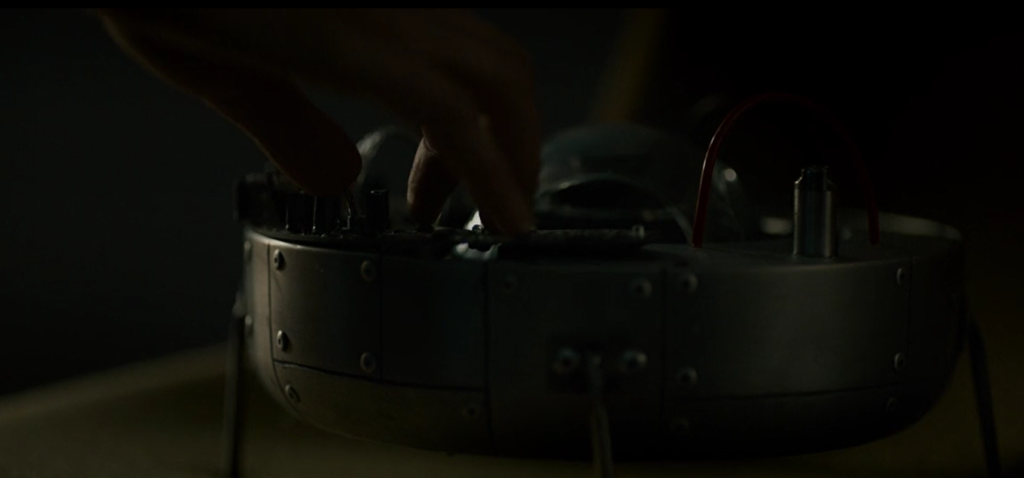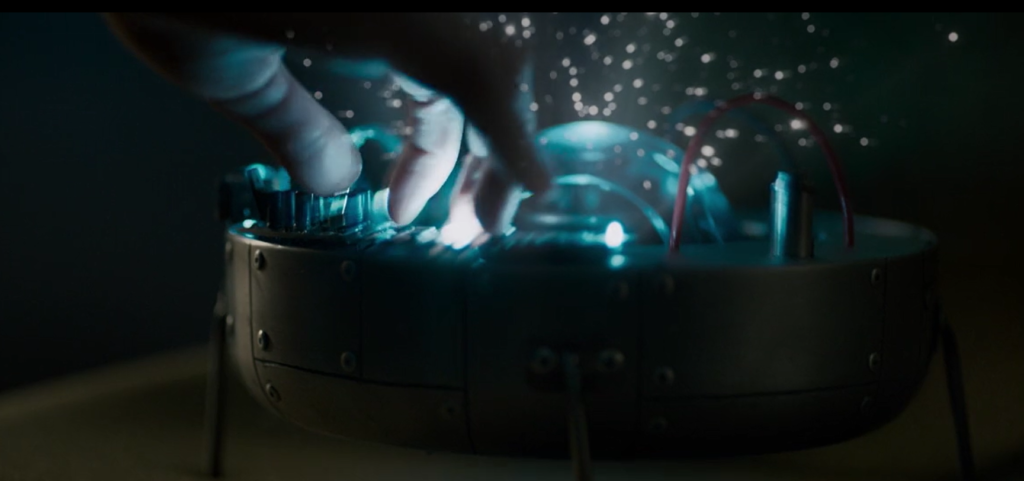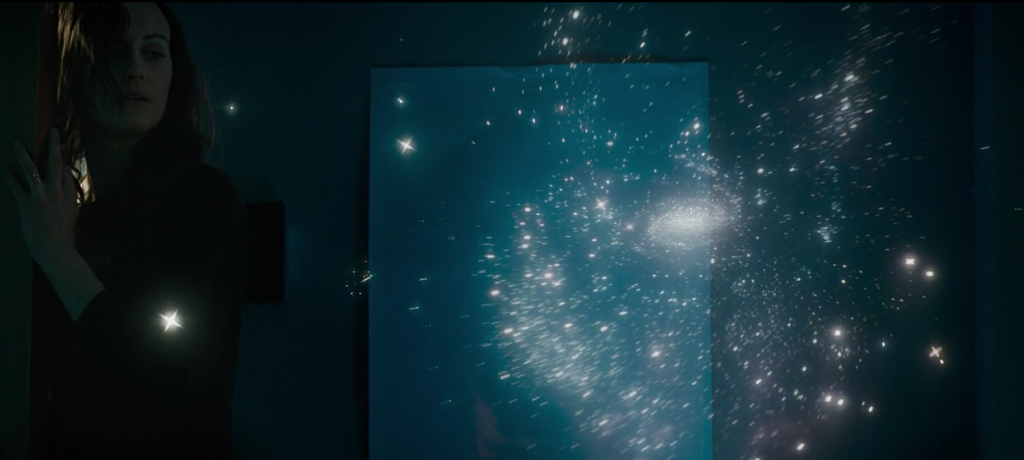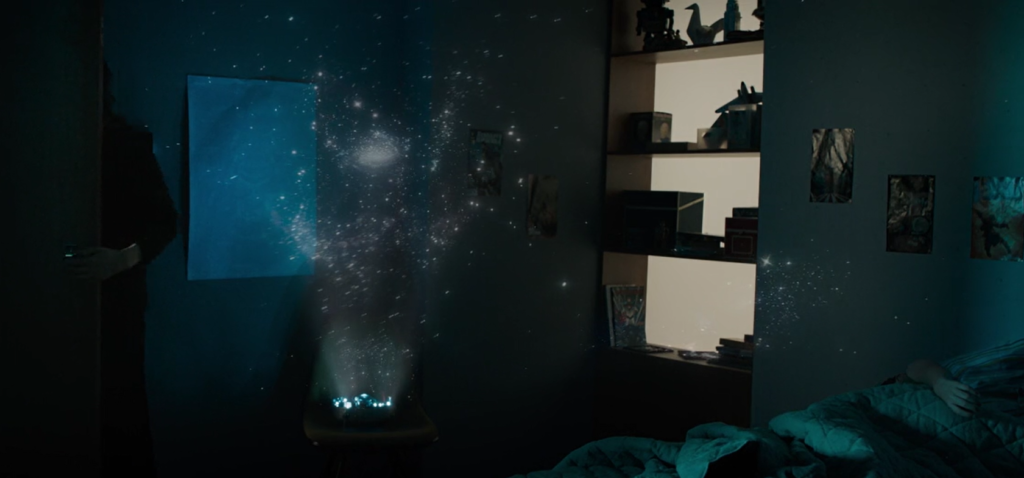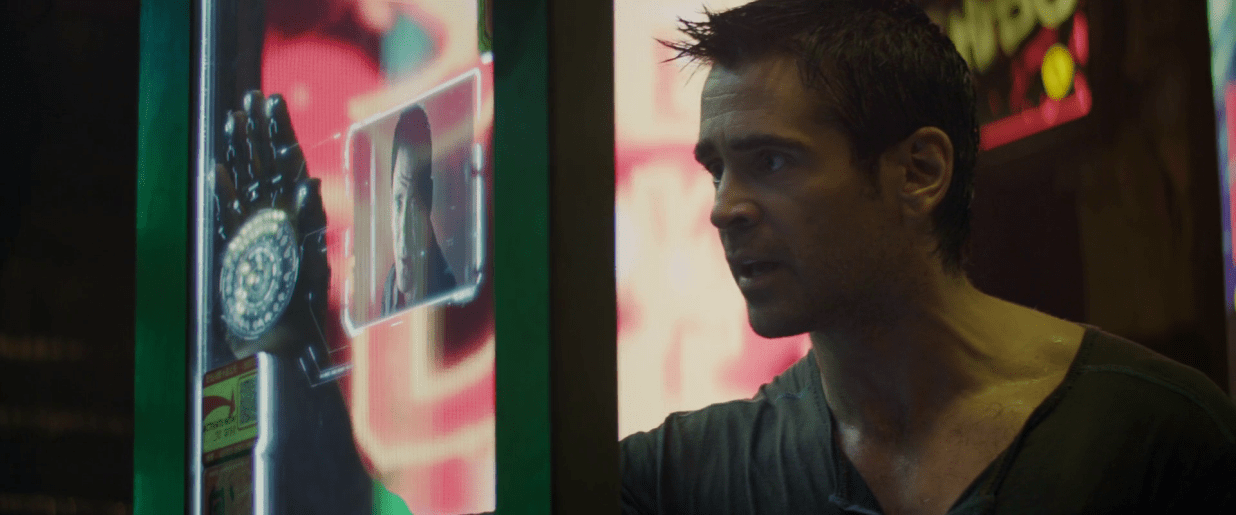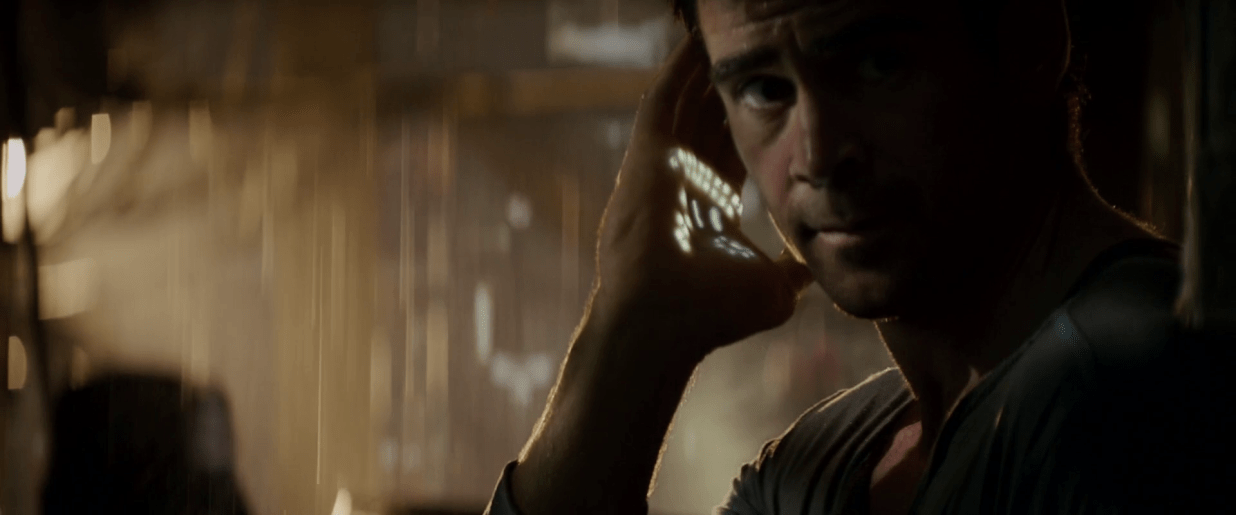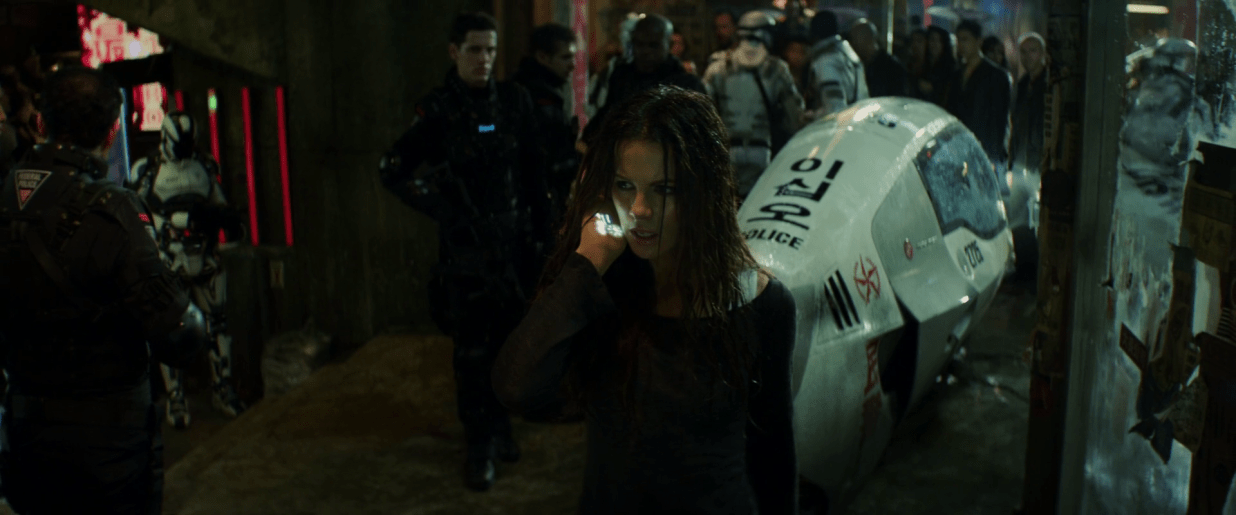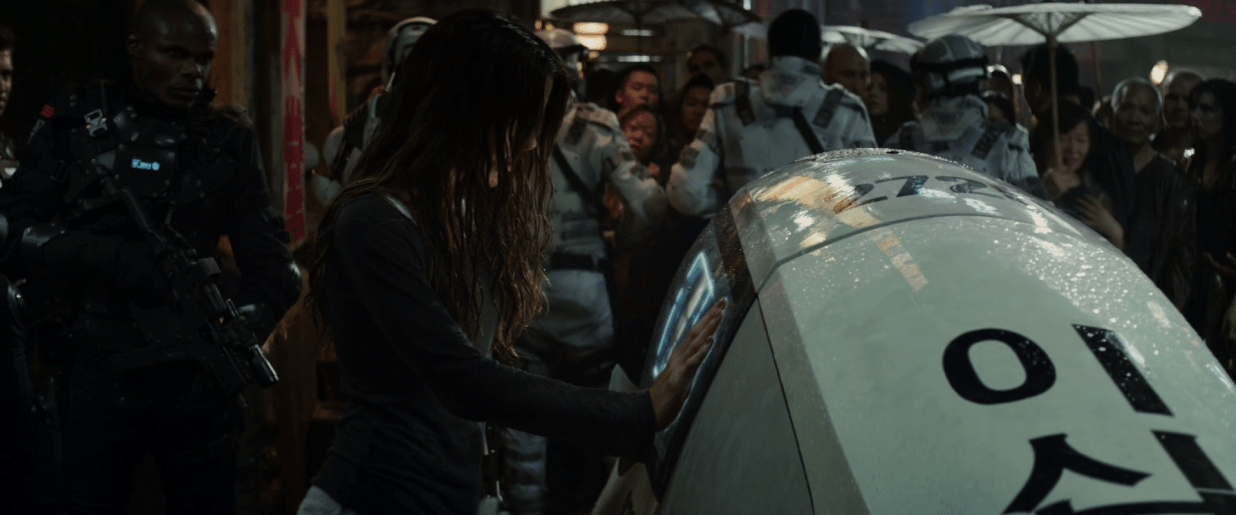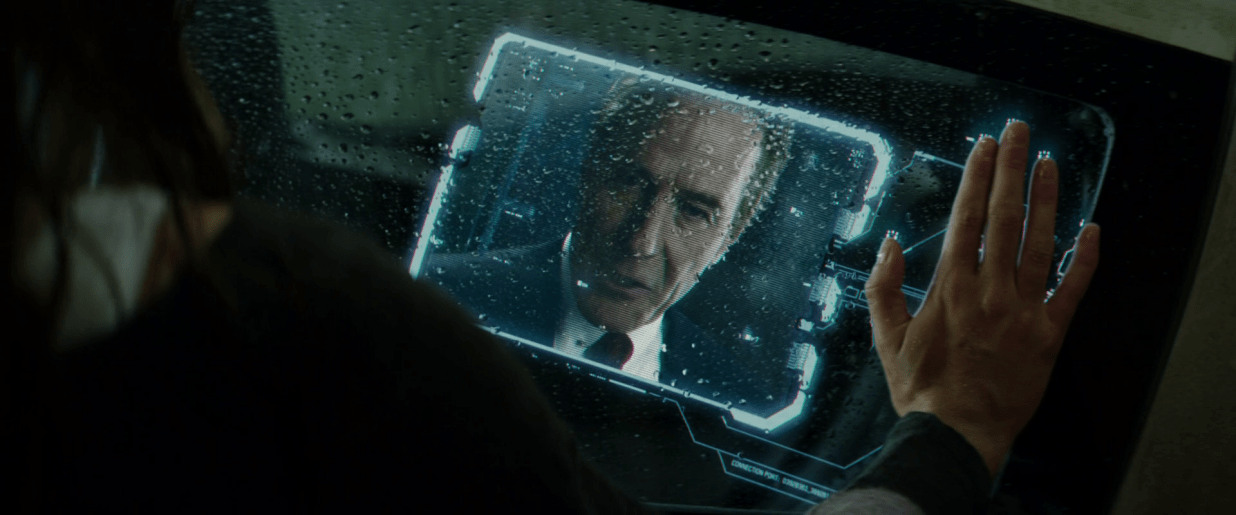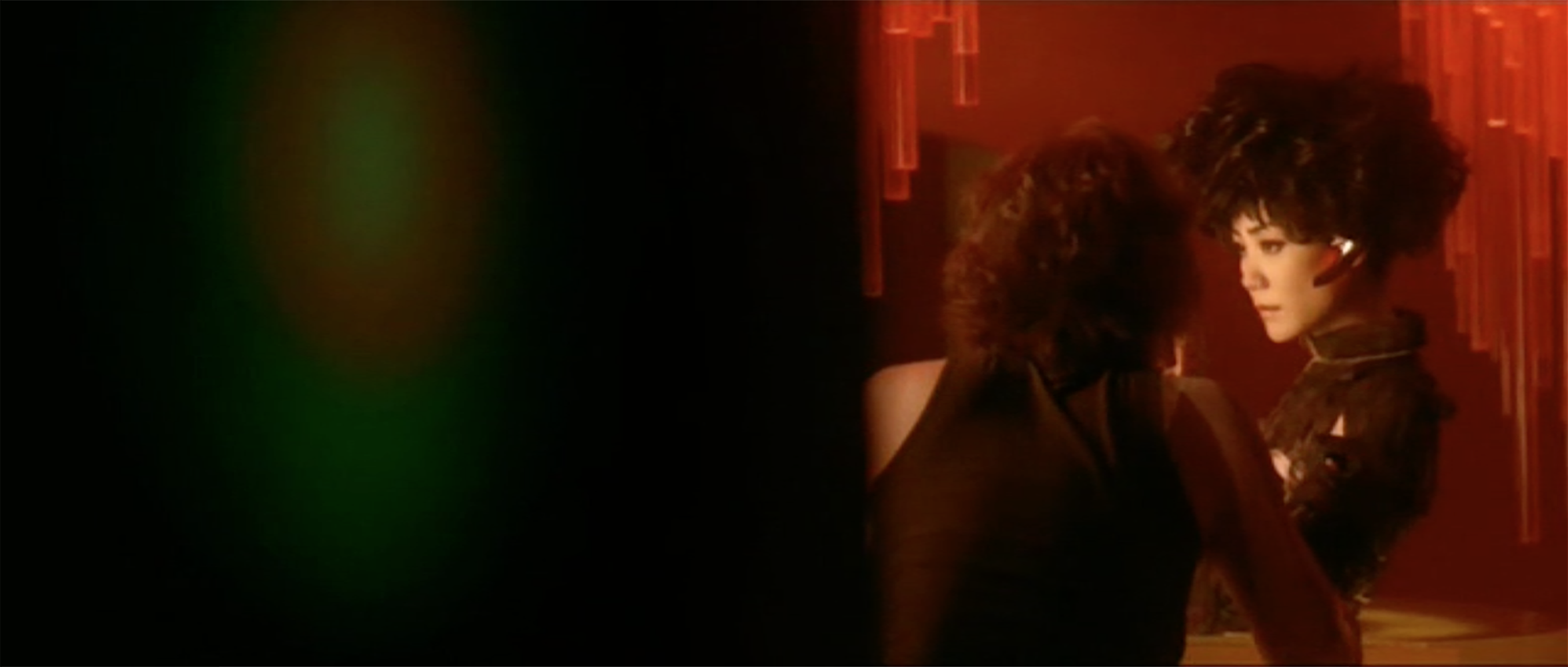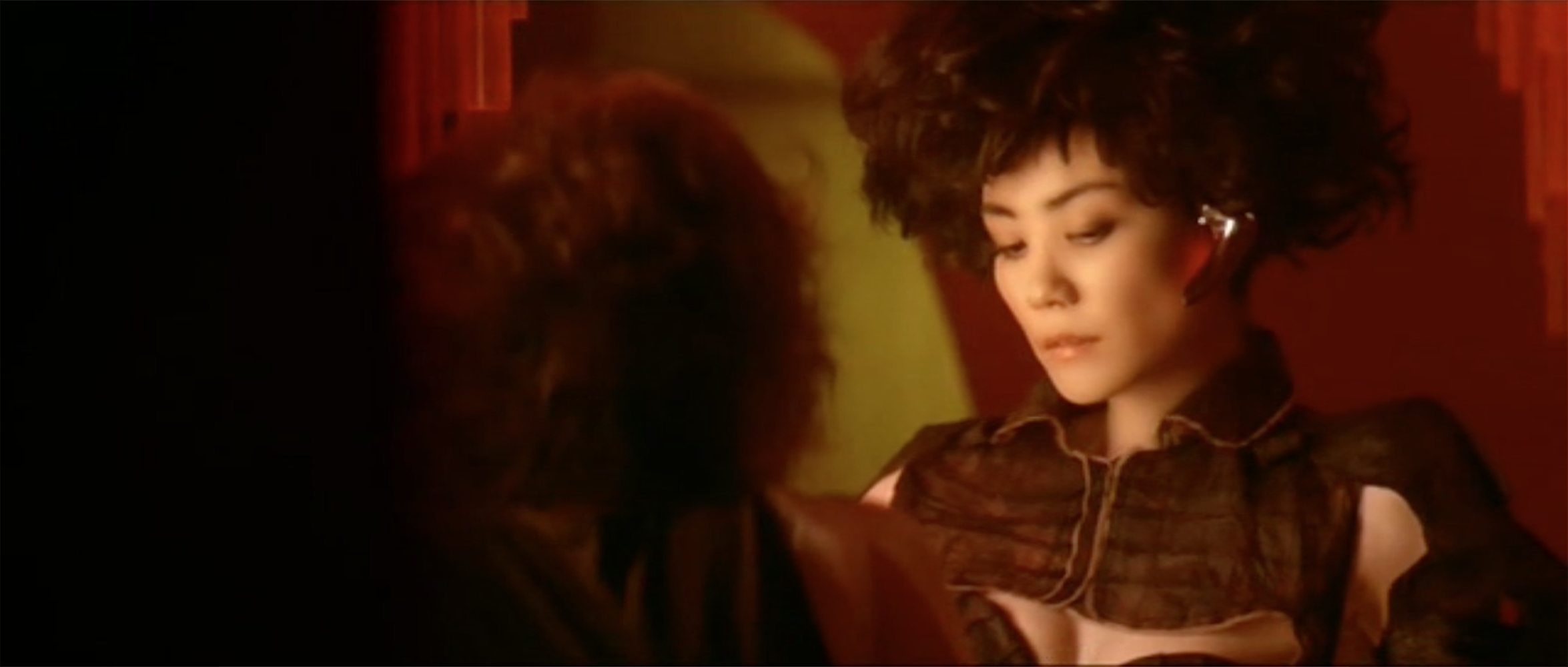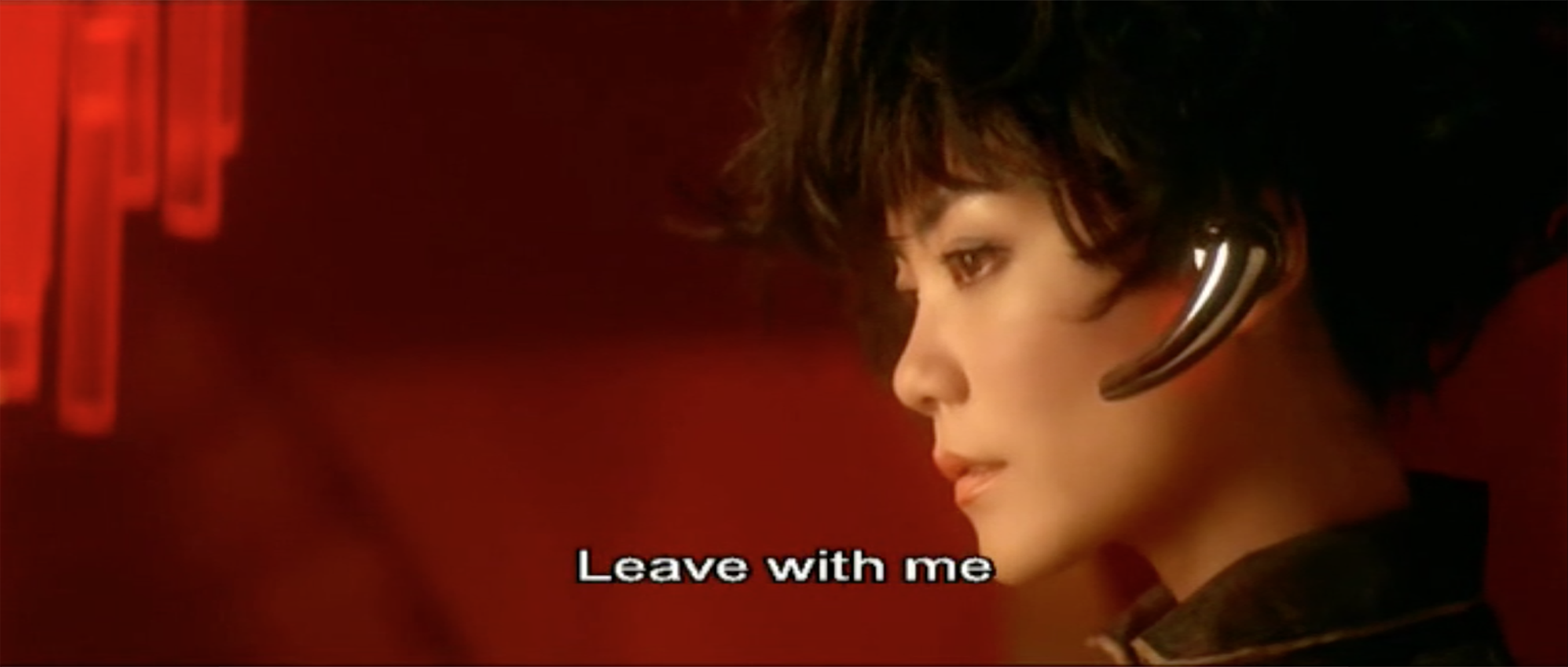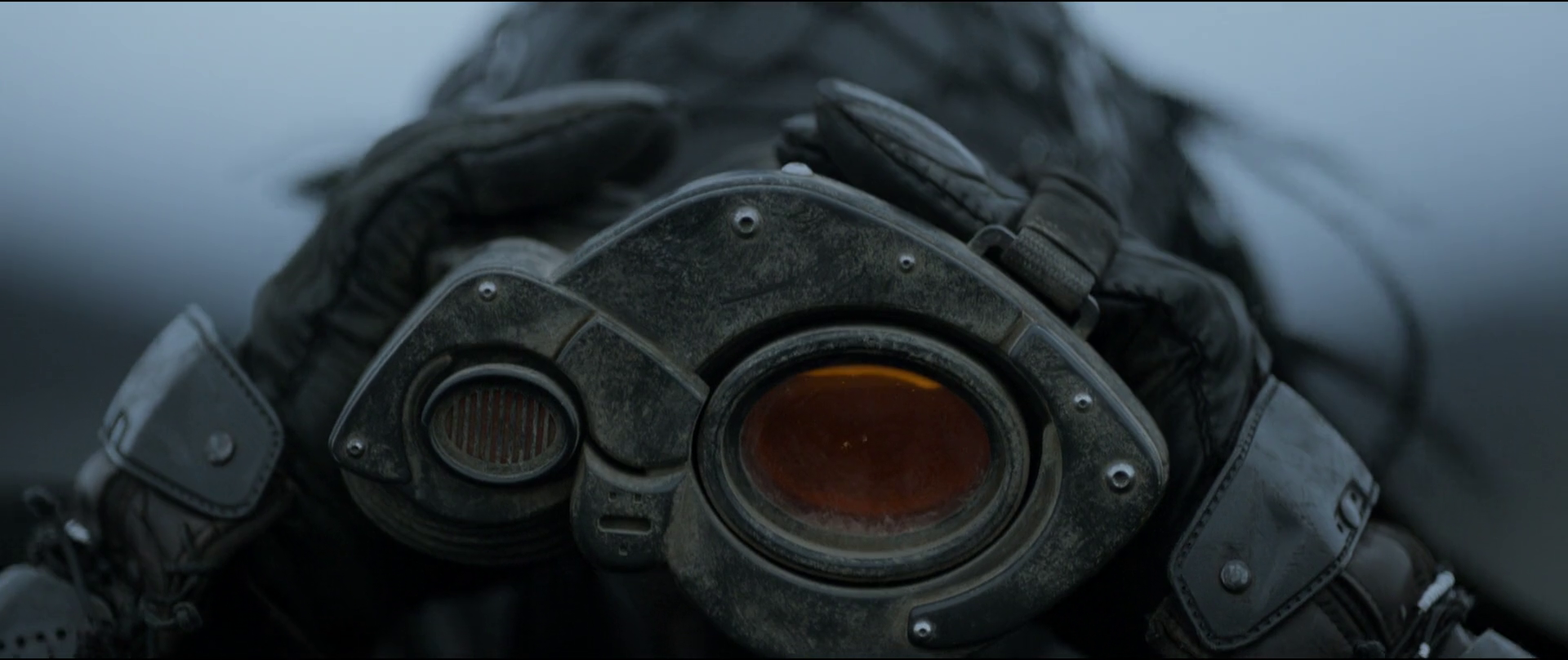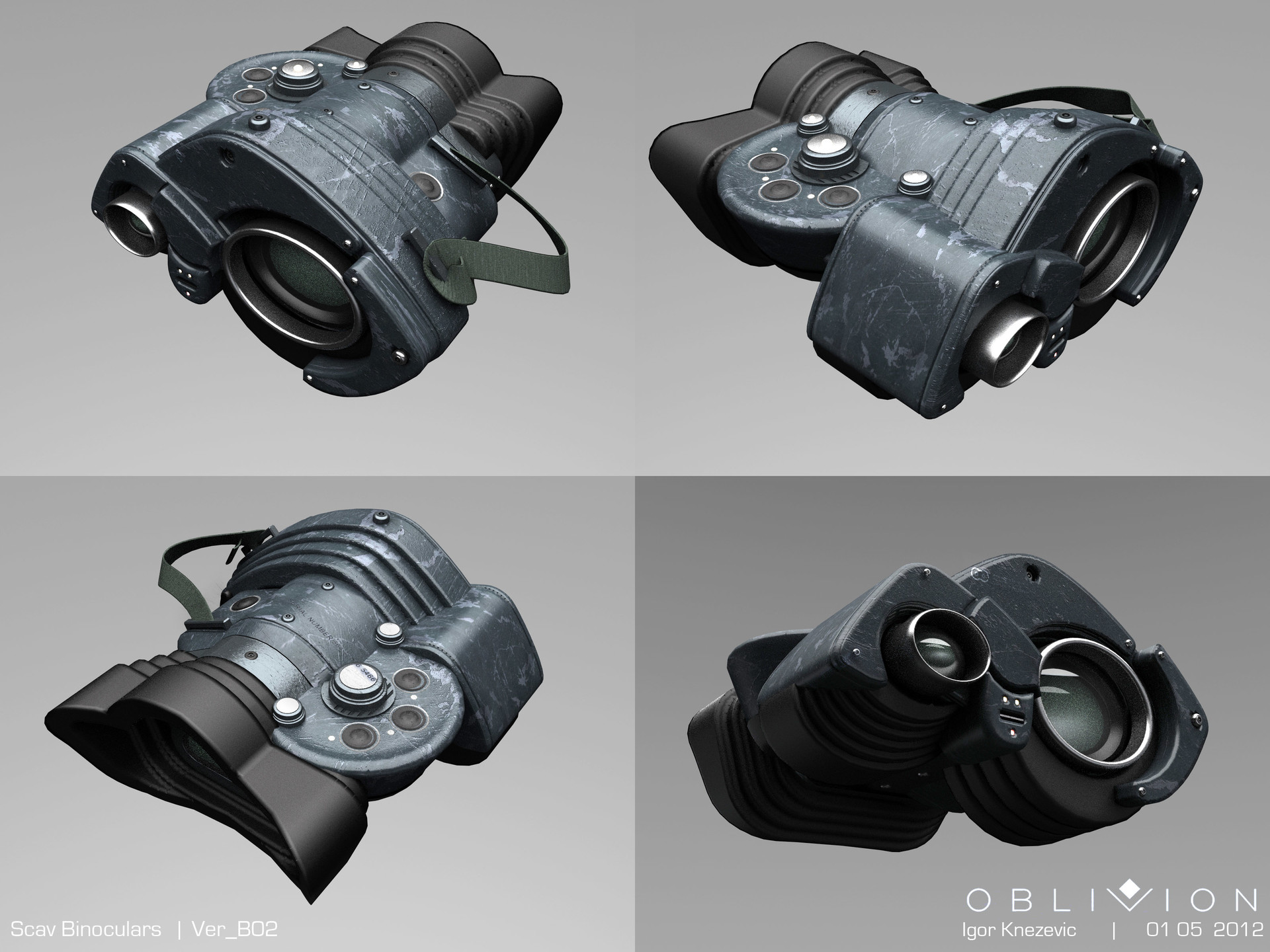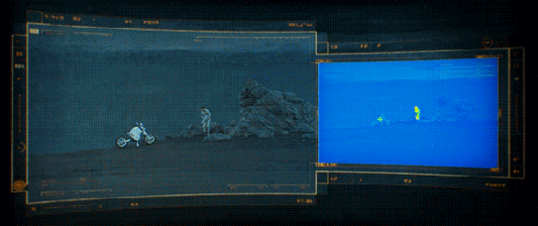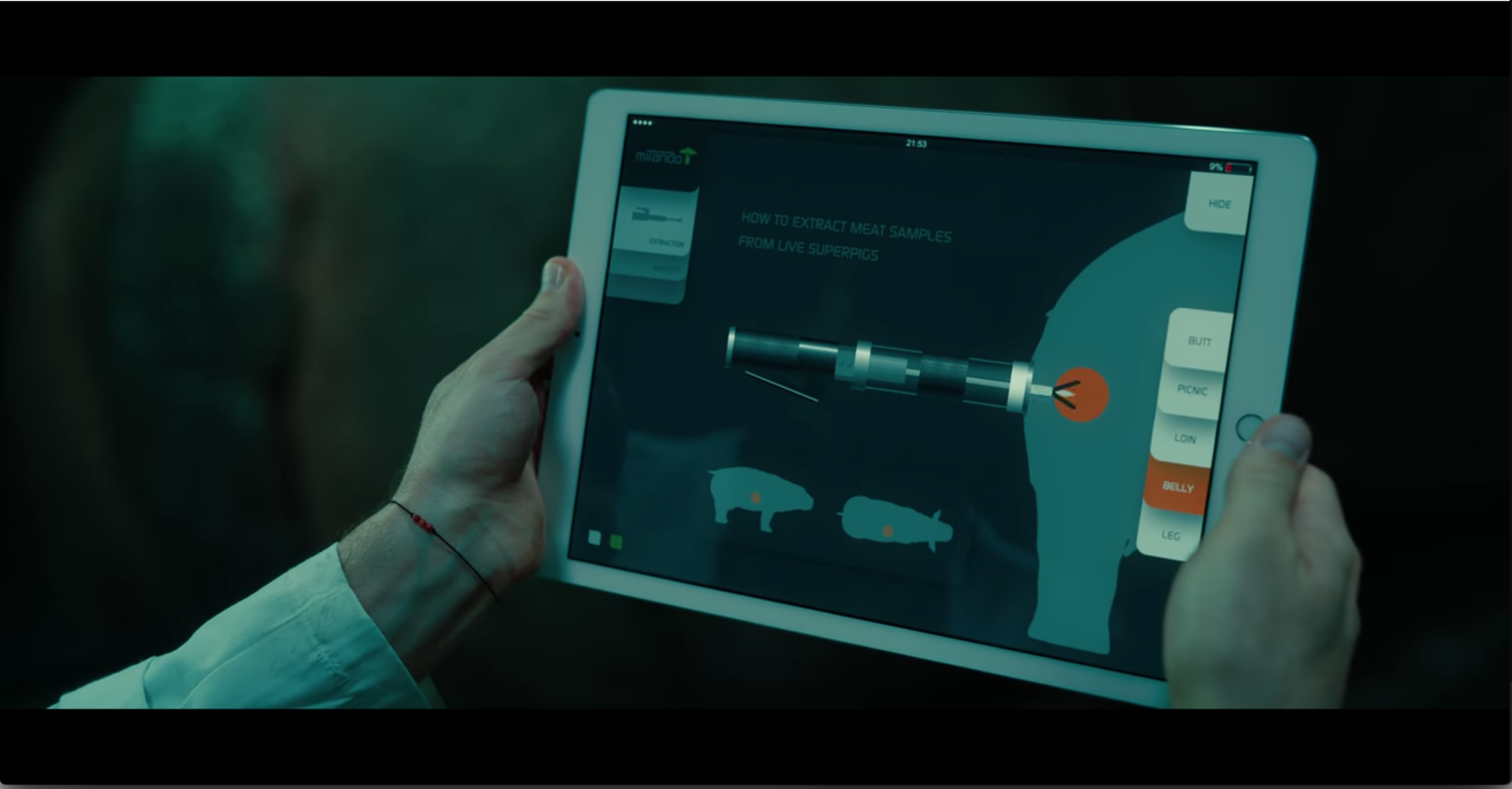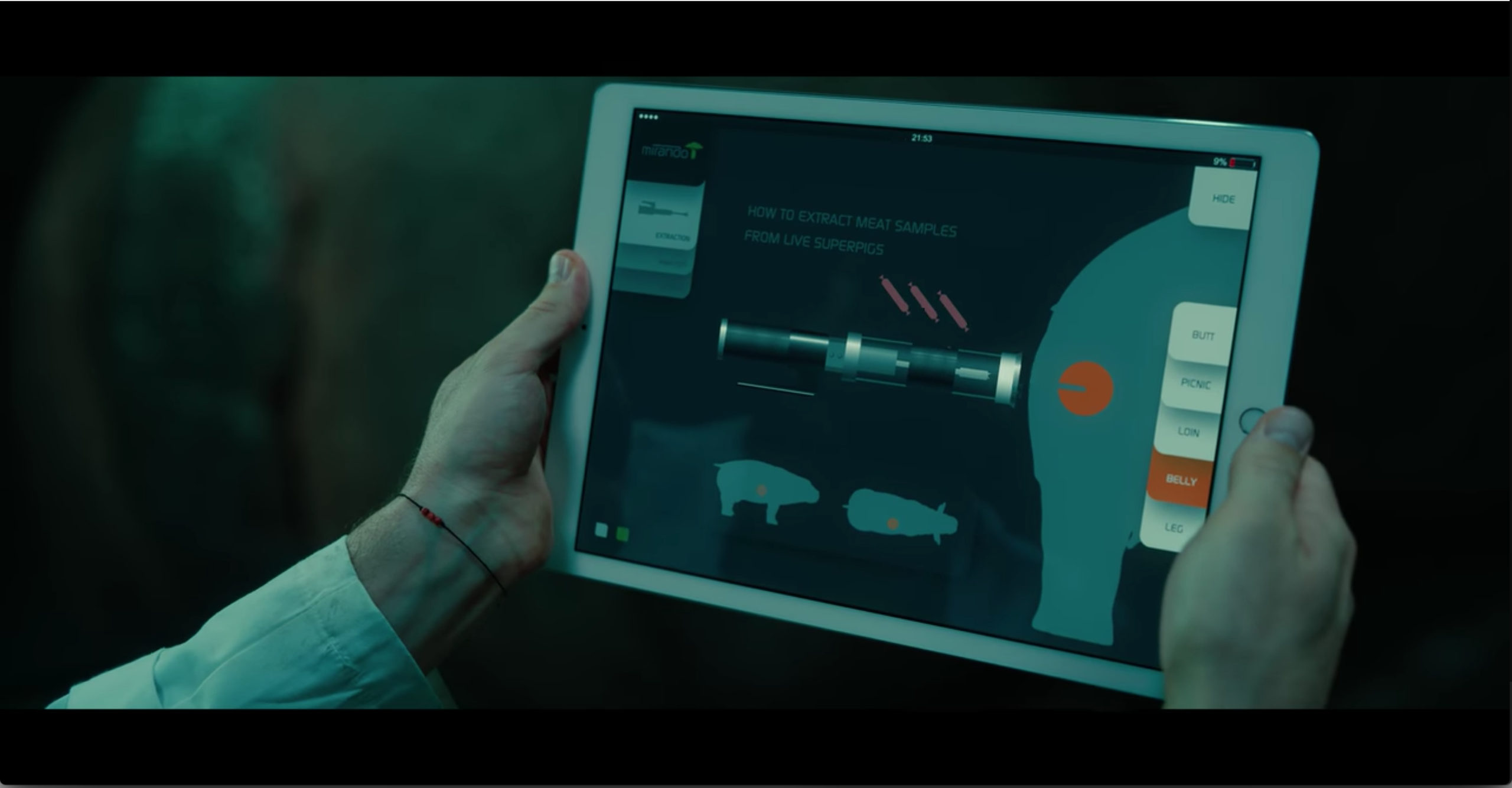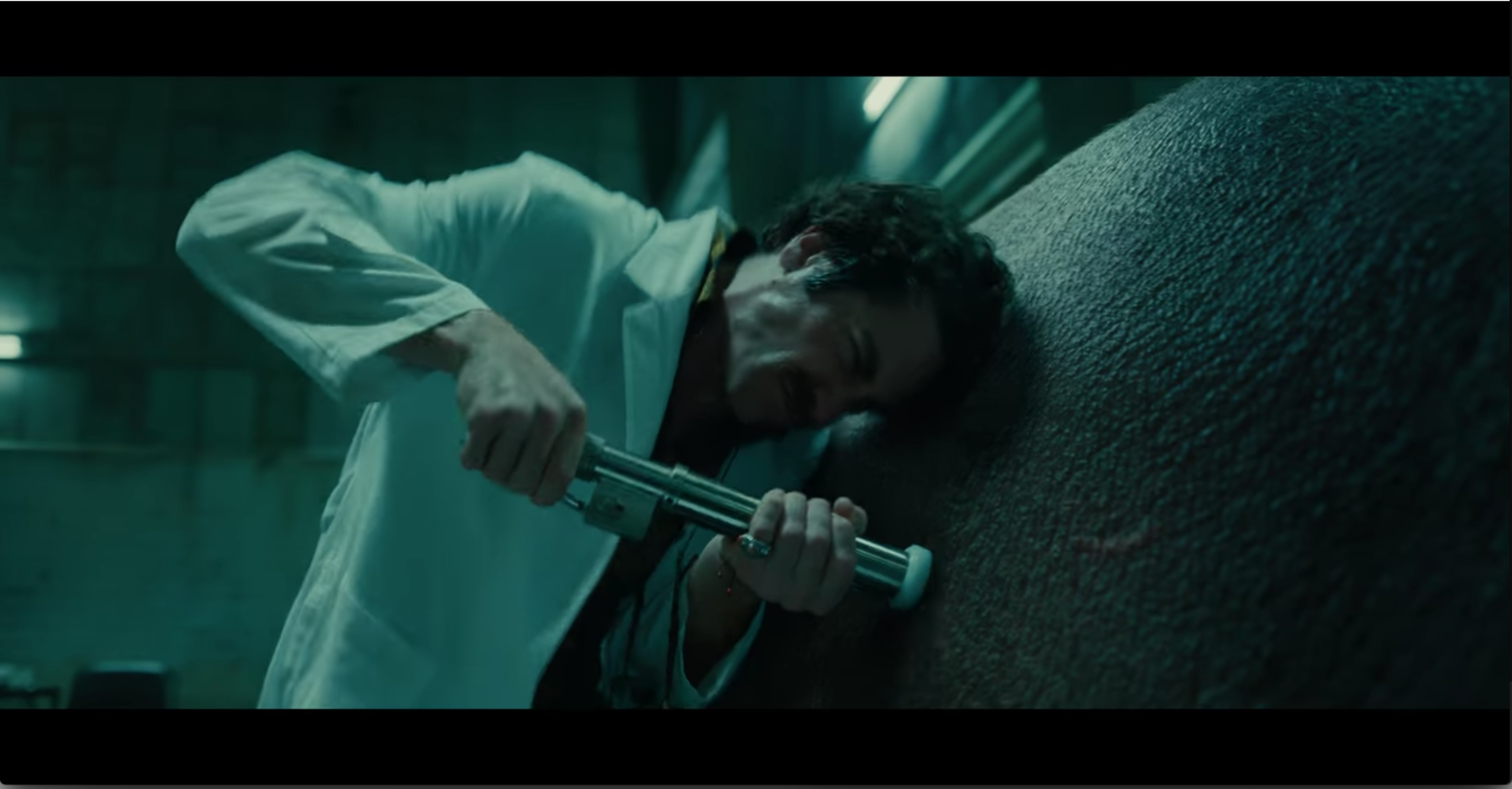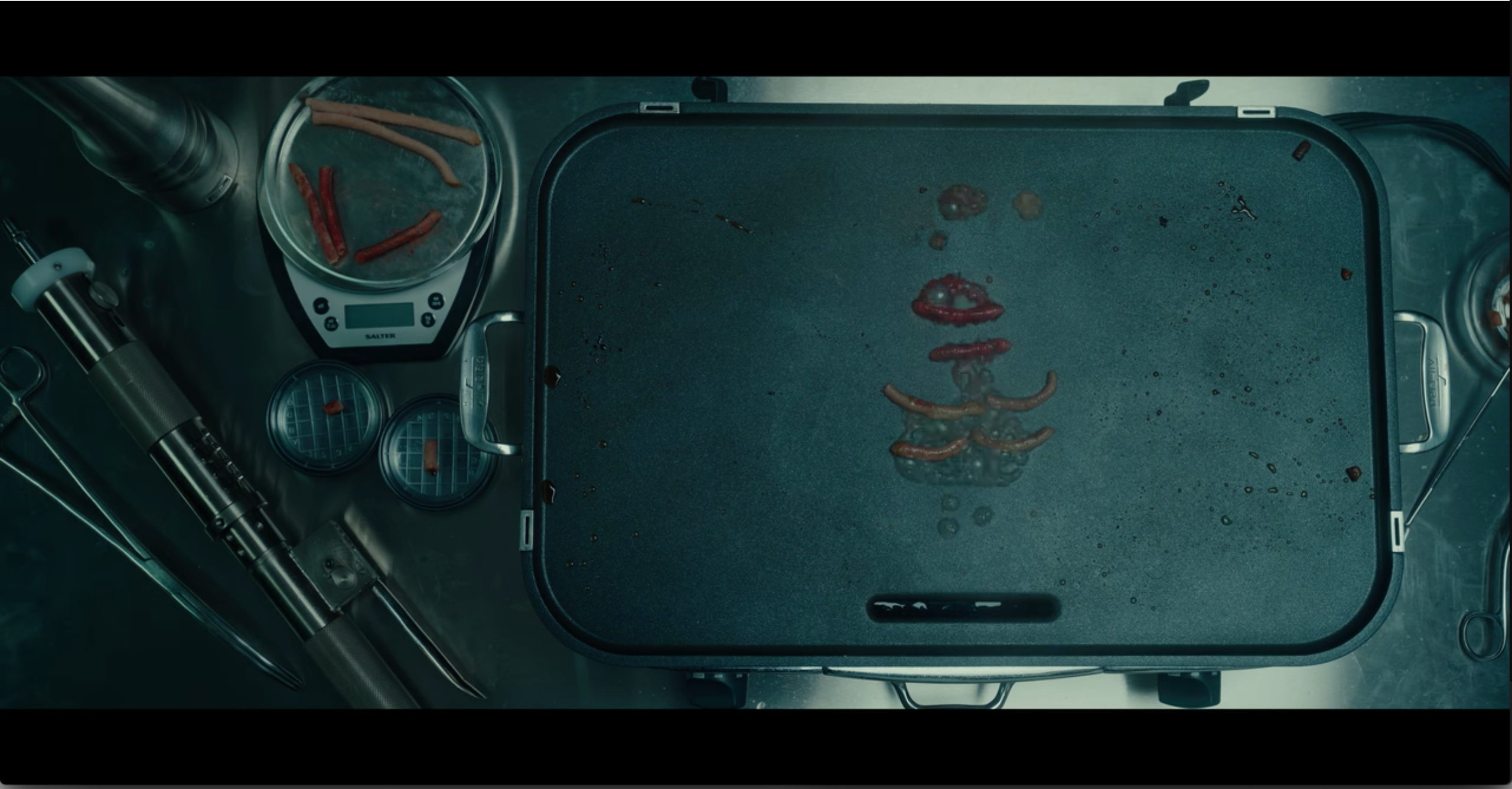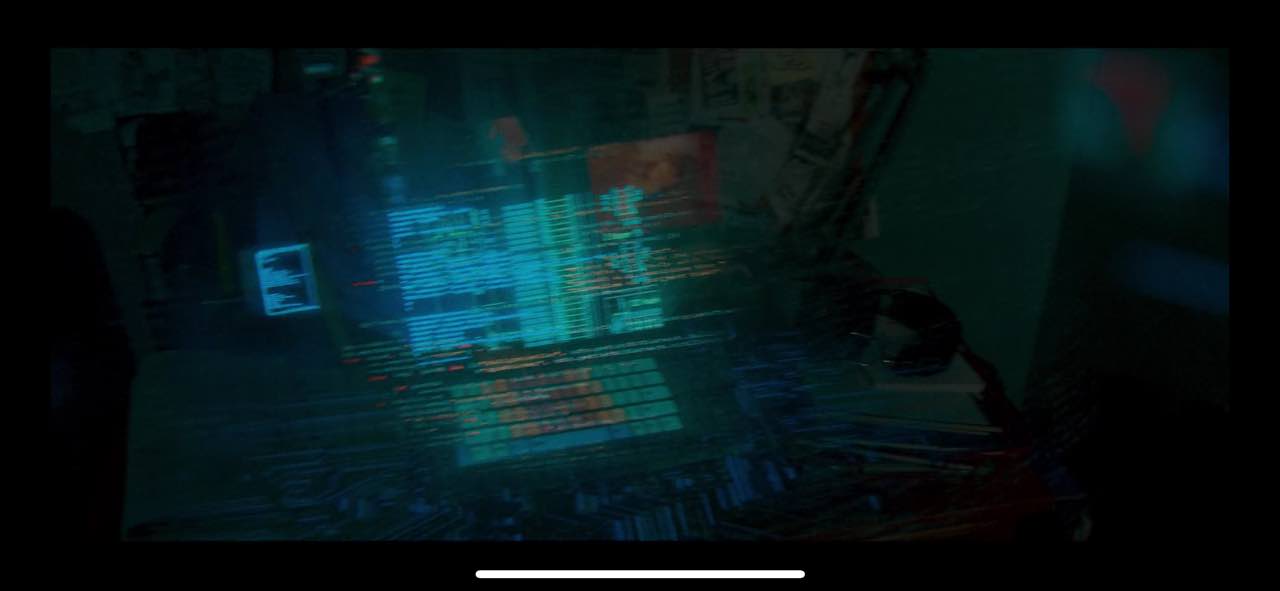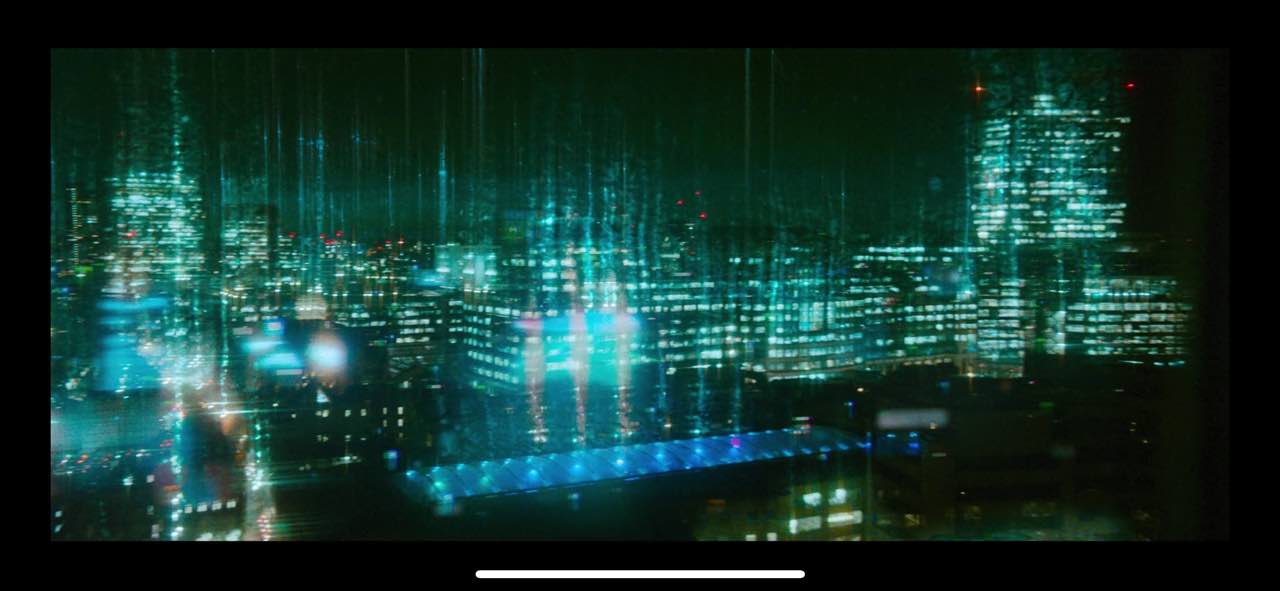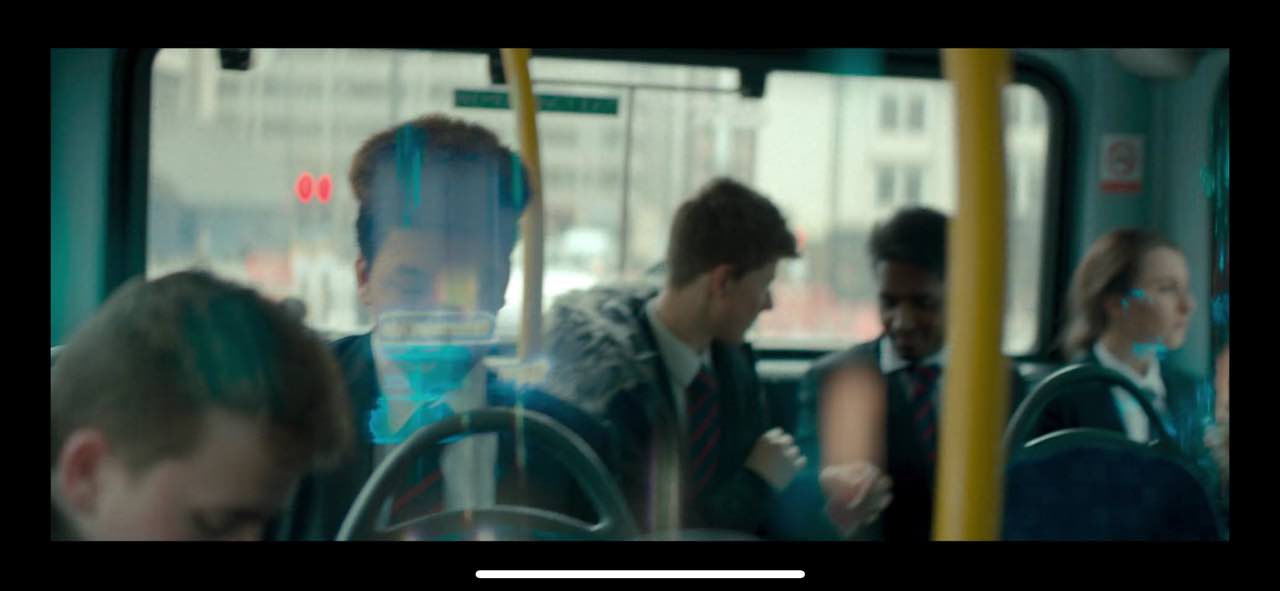Storyworld Genre
Science Fiction
Storyworld Description
Once considered a stigma in society, tattoos have become the norm for everyone. What better way for those in power to keep track of each and every individual’s life, by having them emblazon their life story across their own body? Gone is the need to dig up personal documents, financial statements or medical records to figure out the background of a person. Just look at their body! Dictated by the ruling party, every milestone in life will be commemorated with a suitable tattoo. Just graduated? Get a tattoo. Got a promotion? Get a tattoo. Got into a relationship, or just came out of a break up? Get a tattoo. People no longer hire clowns or face painters at birthday parties, but a tattoo artist instead. Responding to the drastic increase in demand, tattoo artists are constantly on call and have developed a wearable worksite that enables them to take appointments outside of their traditional studio setting.
Sociological Issue
- https://myhealth.alberta.ca/Alberta/Pages/Think-before-you-ink.aspxNegative associations with body art still exist (especially in the workplace!) despite slowly changing attitudes
- Chronic pain (e.g. carpal tunnel, back aches, nerve damage) from tattooing reduces longevity of career
- Importance of hygiene
Technological Development

